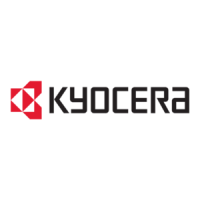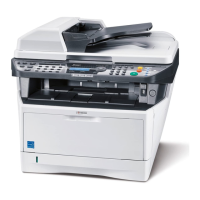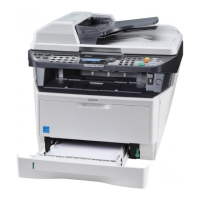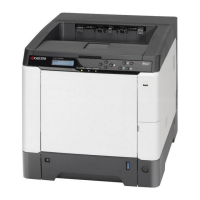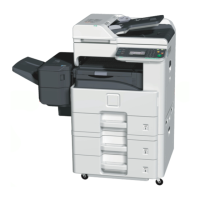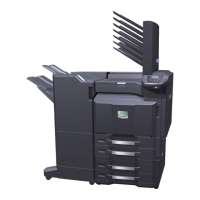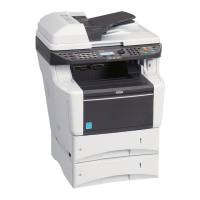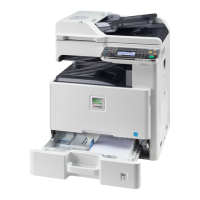Chapter 5 Barcodes
5-14
Macro PDF417
Macro PDF417 provides a powerful mechanism for creating a distributed representation
of files too large to be presented by a single PDF417 barcode. Macro PDF417 barcodes
differ from ordinary PDF417 barcodes in that they contain additional control options
which are added by modes 10 through 19 of the XBCP command. This allows a reader to
make use of this information to correctly reconstruct and verify the file, independent of
the barcode scanning order.
The terminology PRESCRIBE macro and macro PDF are not the same. Refer to the
PRESCRIBE Commands Command Reference for the PRESCRIBE macro commands
(MCRO, ENDM, etc.).
The following modes of XBCP are used for Macro PDF417 to represent additional con-
trol options for XBAR. Note that implementation of these parameters are optional except
XBCP 17 and XBCP 18.
Creating a Macro PDF 417 Representation
A Macro PDF417 creation begins with giving fileid using XBCP 17 for the ensuing
Macro PDF417 sequences. Each one XBAR command sequence is needed for each
divided barcode which is succeeded by a XBCP 18 statement that defines a separate
block index for each barcode. The block index is needed to ensure that the divided bar-
codes are reconstructed in the correct order as the whole file when the barcodes are read.
The basic command sequence for Macro PDF417 is as follows.
...
XBCP 17, ’fileid’; Gives the same file ID to all distributed barcodes.
MZP x1, y1; Position the first barcode at (x1, y1).
XBCP 18, 0; Block index for the first barcode.
XBAR; data_string;ENDB; Encode and print the first divided barcode.
MZP x2, y2; Position the second barcode at (x2, y2).
XBCP 18, 1; Assign block index 1 to the second barcode.
XBAR; data_string;ENDB; Encode and print the second divided barcode.
MZP x3, y3; Position the second barcode at (x3, y3).
XBCP 18, 2; Assign block index 2 to the second barcode.
...
The largest allowed block index is 99,998. Thus, up to 99,999 Macro PDF417 barcodes
may comprise the distributed representation of a data file.
XBCP 10 File name
XBCP 11 Block count
XBCP 12 Time stamp
XBCP 13 Sender ID
XBCP 14 Addressee ID
XBCP 15 File size
XBCP 16 Check sum
XBCP 17 File ID
XBCP 18 Macro PDF417 execution
XBCP 19 Distributed barcodes positioning
